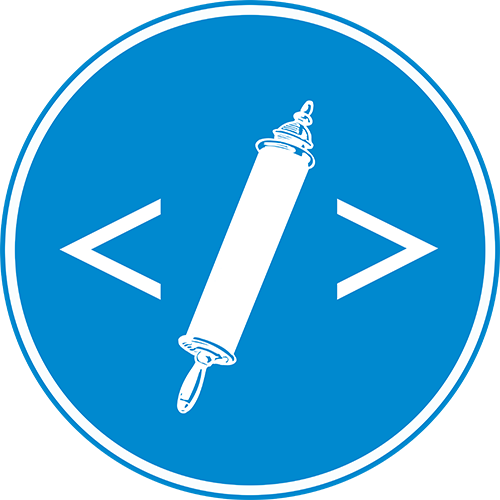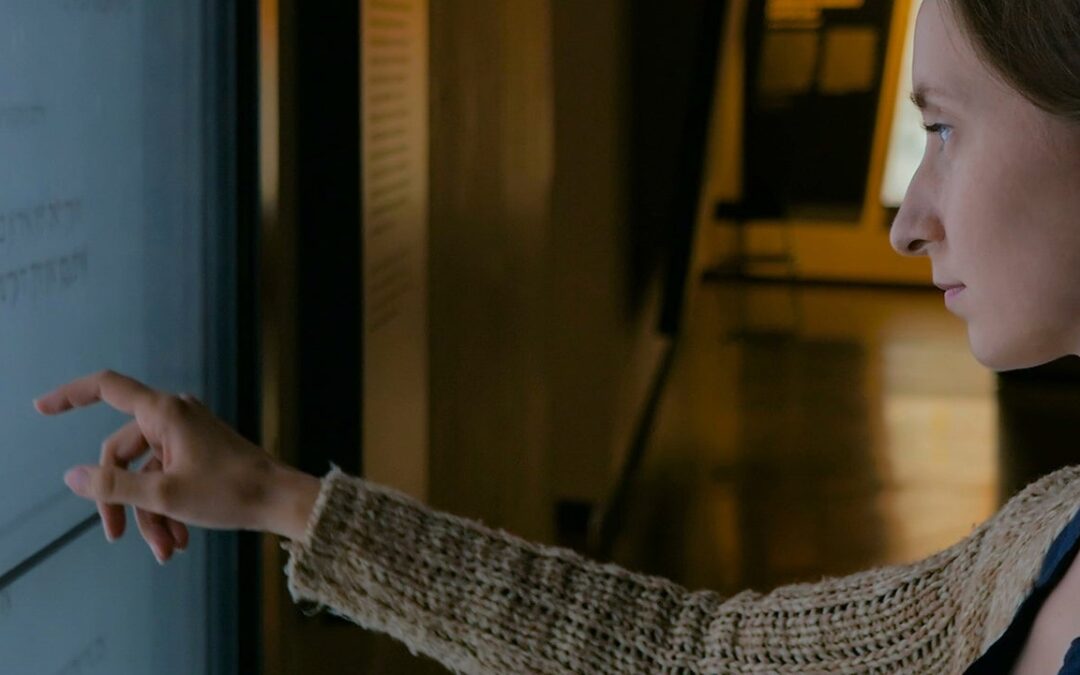
Exciting projects at the Digital Approaches to Sacred Texts (DAST) research group
Since the 1970s the Werkgroep Informatica Vrije Univesiteit, which in 2013 was rebaptized the Eep Talstra Centre for Bible and Computer (ETCBC) has been involved in the computational analysis of the Bible and other religious texts. In the course of time it has...
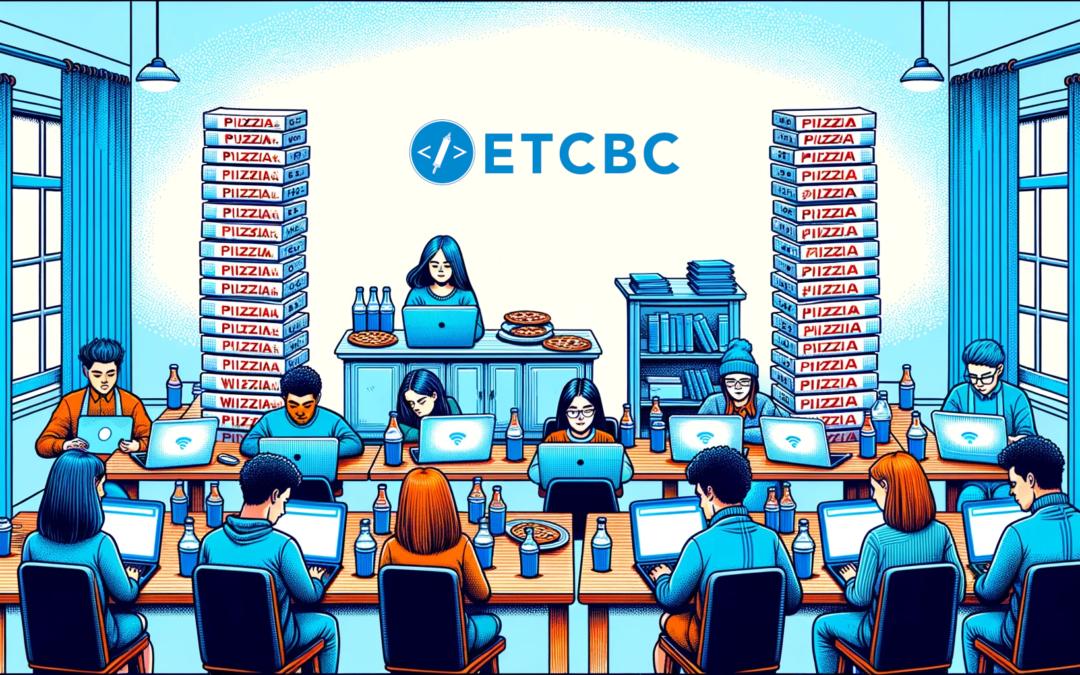
When Religion Meets Technology: A Dive into Day 2 of the Hackathon “Live-mapping Religious Difference Online”
Picture this: a room buzzing with energy, pizza boxes stacked high, soft drinks at every table, rapid Wi-Fi connectivity, and scholars engrossed in their laptops, training AI models. It might not be the first image that springs to mind when you think of theologians...
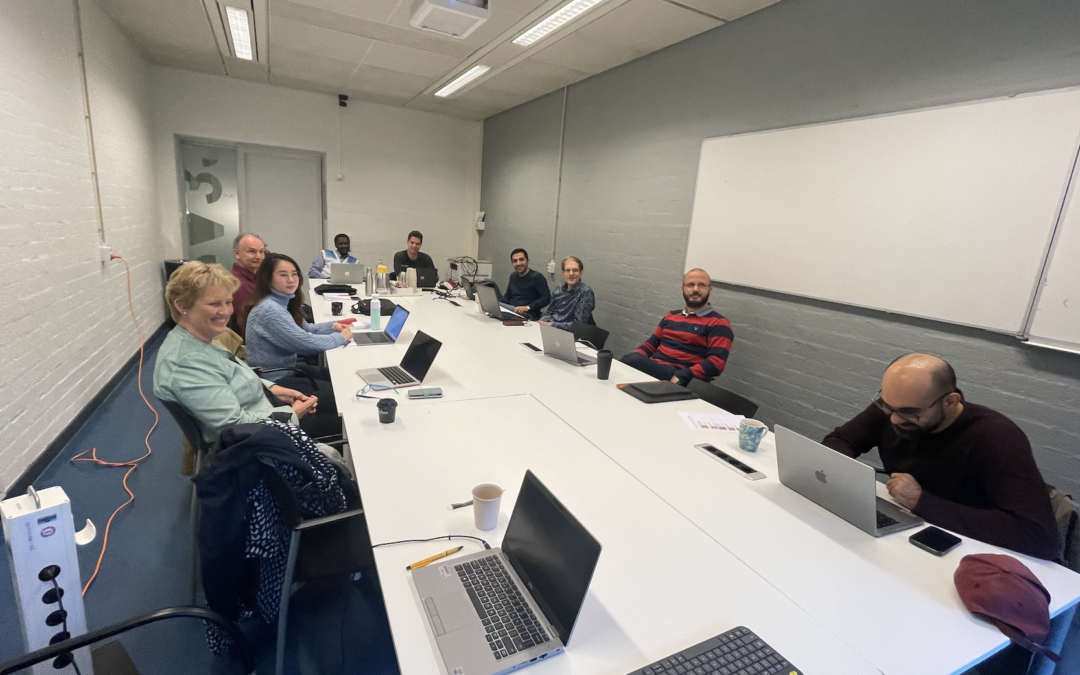
Ethically Text-Mining social media: Bridging Innovation, Responsibility, and Collaboration
In October 2023, the Faculty of Religion and Theology at Vrije Universiteit Amsterdam organized two hackathon events for the Network Institute Research Visit project, titled "Live-mapping Religious Difference Online." This project explores the interaction between...

Two Hackathon events
Live-mapping Religious Difference Online The interplay of Digital Society, religious texts mediated online, and live-mapping What is the feasibility of live-mapping the differential use of religious texts in social media to identify religious issues present across...
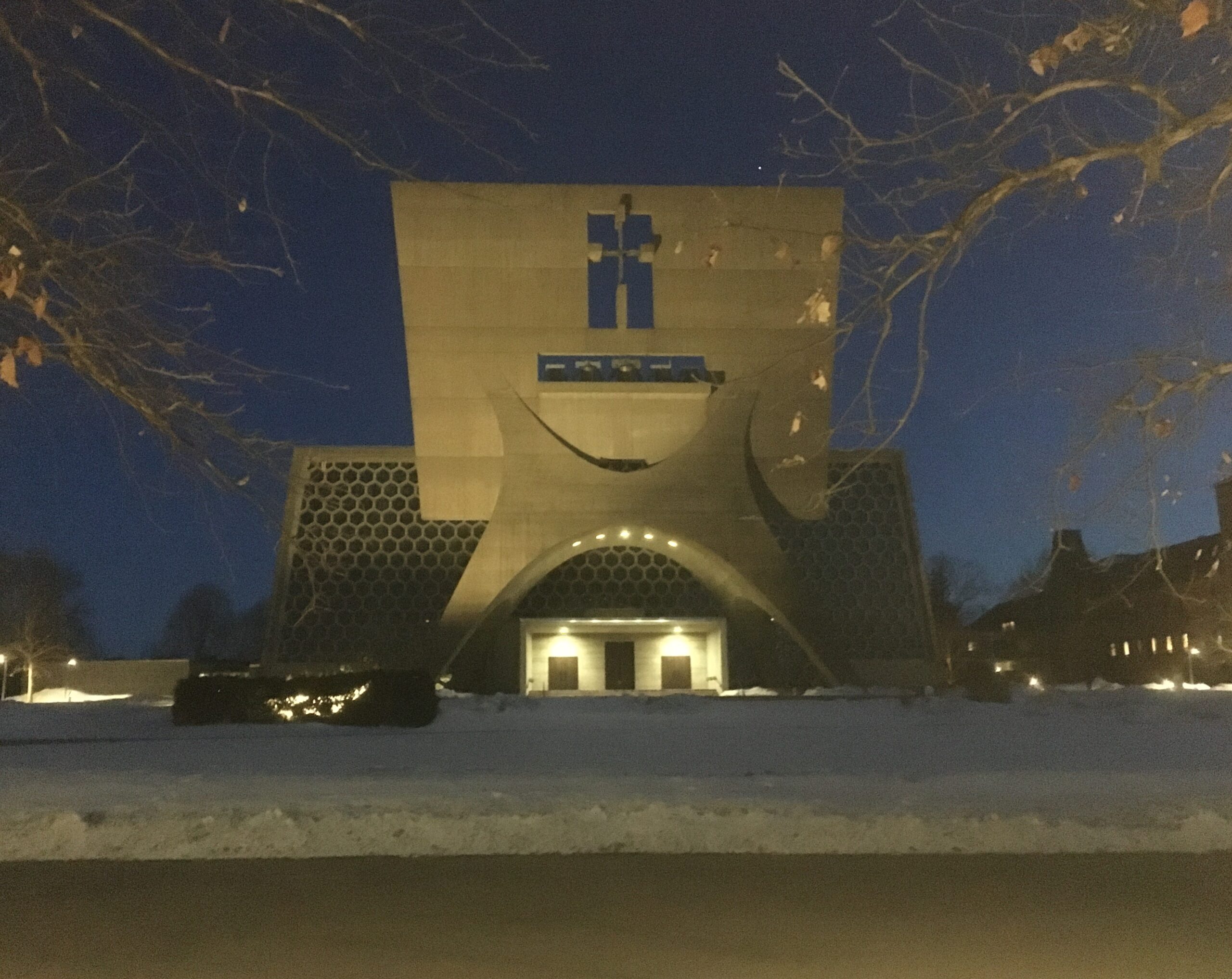
Studying Syriac manuscripts in Minnesota
By Geert Jan Veldman MA, Zwolle It happened often in conversations in the more southern parts of the United States of America, that a conversation partner asked me something like “Why on earth you want to visit one of the coldest parts of mainland USA?”, when I...
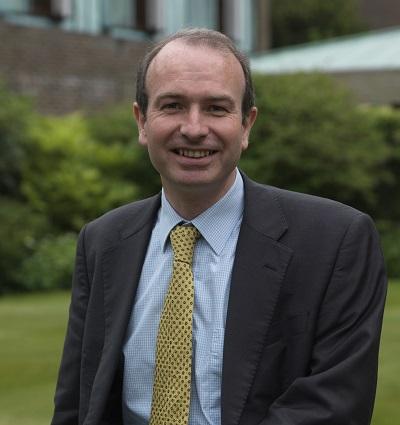
In Memoriam: James K. Aitken (1968-2023)
By Srecko Koralija It was with great sadness that I received the news that on Friday the 7th of April my PhD supervisor and professor James Aitken passed away after his second major heart attack. He was widely recognized as an outstanding scholar. He studied at the...
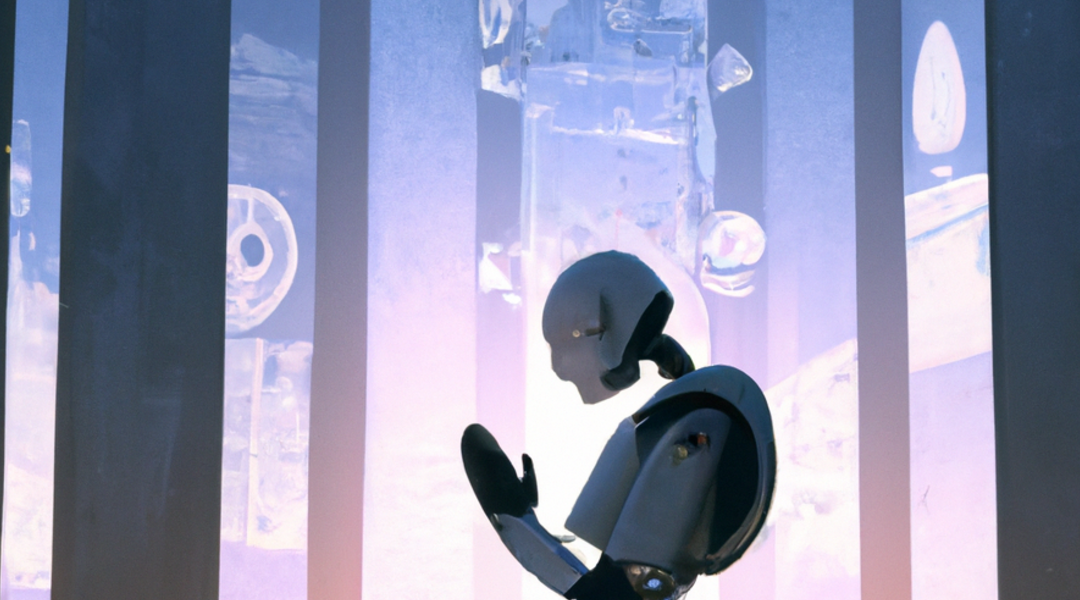
Could robots be religious?
On 12 December 2022 the Faculty of Religion and Theology of the Vrije Universiteit Amsterdam and the research institute and CLUE+ organized a workshop centered around the provocative question: could robots be religious? The timing couldn’t be more appropriate: about...

Impressions of the Tenth Meeting of the International Organization for Targumic Studies
By Eveline van Staalduine-Sulman In July 2022 the International Organization for Targum Studies (IOTS) held its tenth meeting in Salzburg. There were, of course, some of the usual participants, but also surprisingly many new ones. We especially welcomed those from the...

Applying Log-likelihood Computations to Pattern Recognition Results of Colibri-Core.
In this third and final blogpost for the PaTraCoSy project (for the previous blogposts, click here or here), we delve deeper into the possibilities of the Colibri Core (CC) infrastructure to study the translation patterns between Hebrew and Syriac versions of the...
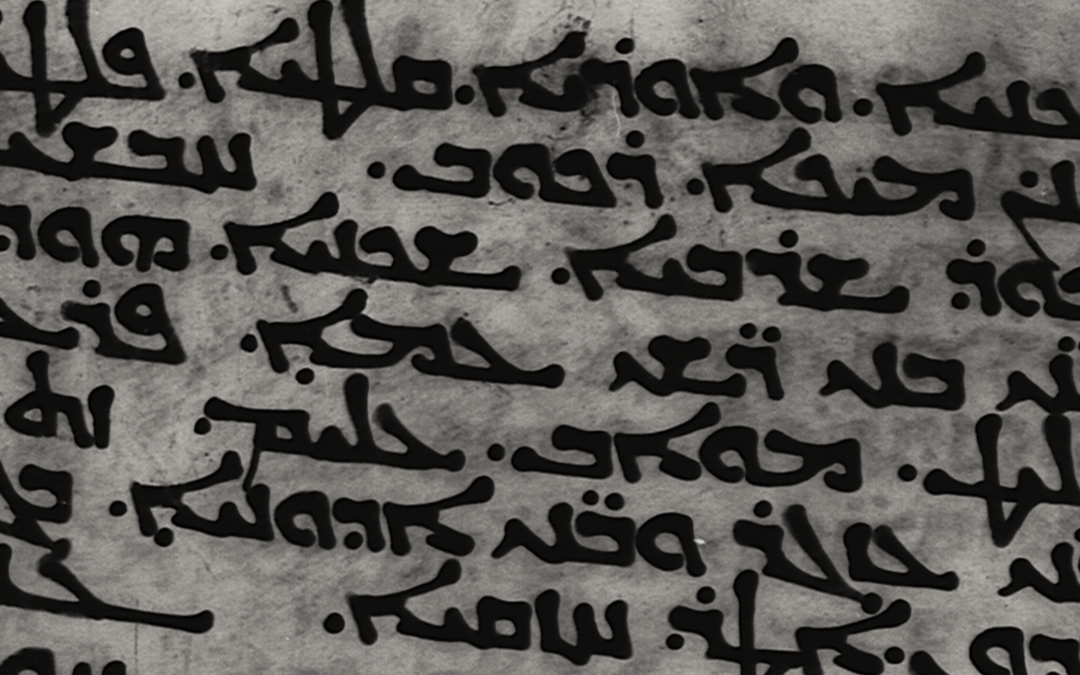
Morphological Parser for Inflectional Languages Using Deep Learning (Part II)
Willem van Peursen, Martijn Naaijer, Constantijn Sikkel, Mathias Coeckelbergs Encoded text as strings In our previous blogpost, we explained how the ETCBC morphological encoding results in a concisely structured string. We concluded that blogpost by observing that...
